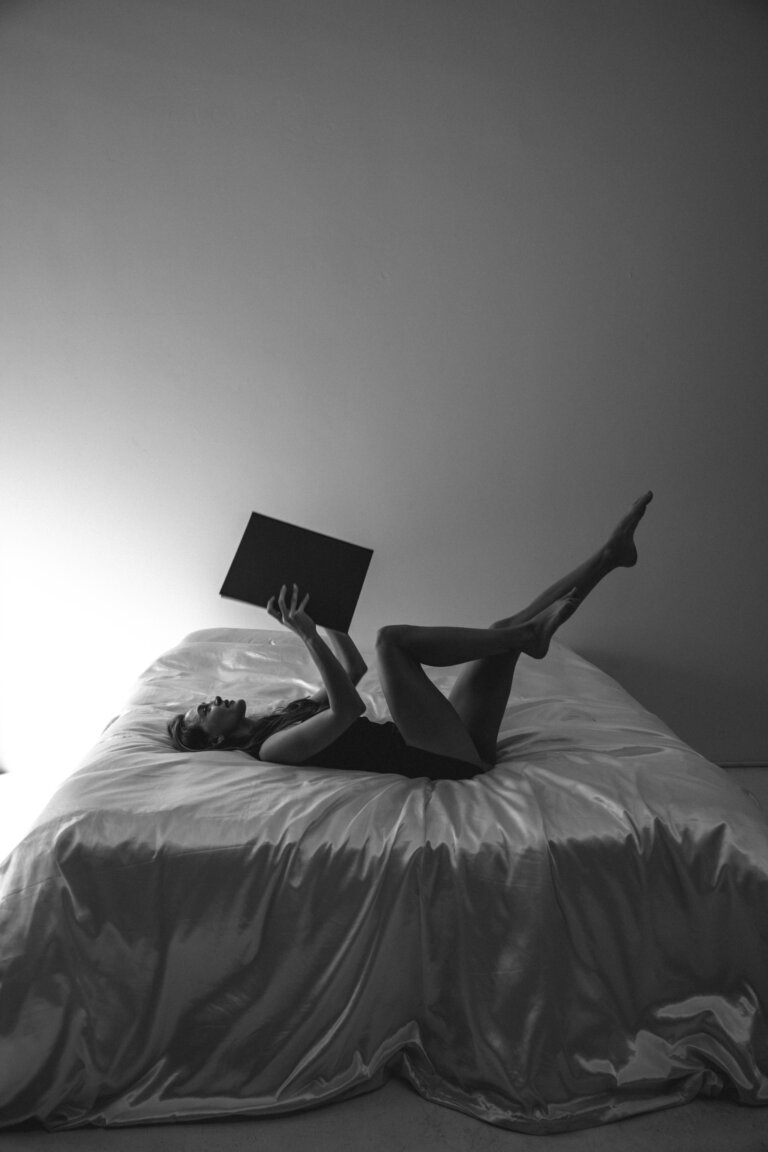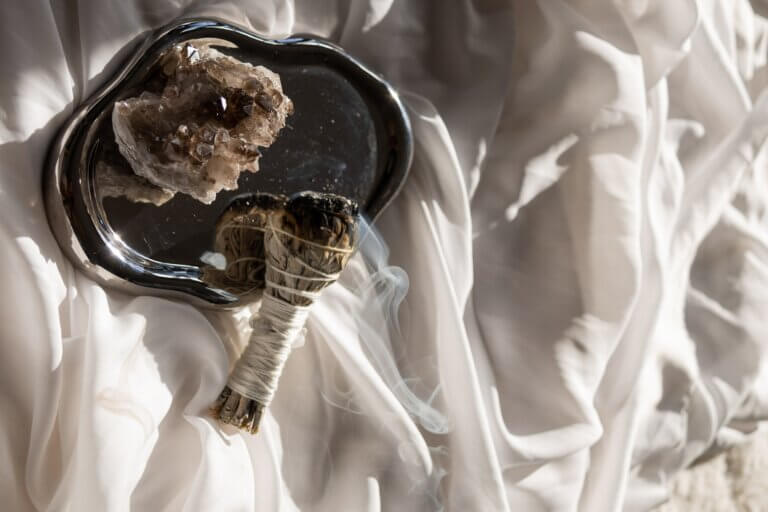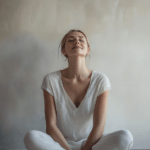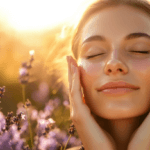You’ve likely experienced moments when words couldn’t fully express your emotions, yet a simple doodle or splash of color somehow captured exactly what you felt. This natural connection between artistic expression and emotional release forms the foundation of art therapy, a powerful healing practice that combines creative processes with mindfulness techniques. As you discover the science-backed benefits of this therapeutic approach, you’ll learn how engaging in mindful art-making can reduce stress, improve emotional regulation, and foster deeper self-awareness – all while awakening your innate creative potential.
The Healing Power of Art Therapy
You’ll find art therapy harnesses your innate creative abilities to process emotions and heal psychological wounds through guided artistic expression.
The act of creating art triggers neurological responses that reduce stress hormones while increasing dopamine and serotonin, as demonstrated in multiple clinical studies.
When you combine mindful awareness with artistic practice, you’re engaging both hemispheres of your brain while developing healthier coping mechanisms and enhanced emotional regulation.
Understanding art therapy and its benefits
While many forms of therapy rely solely on verbal communication, art therapy harnesses the power of creative expression to promote healing and self-discovery. Through artistic self-discovery and creative exploration, you’ll find new ways to process emotions and experiences that might be difficult to verbalize.
| Benefits | How It Works |
|---|---|
| Stress Relief | Creating art releases tension through focused activity |
| Emotional Expression | Art bypasses verbal barriers to access deeper feelings |
| Personal Growth | Visual metaphors reveal patterns and insights |
You don’t need artistic talent to benefit from art therapy – it’s about the process, not the final product. Whether you’re working through trauma, anxiety, or seeking personal growth, art therapy provides a safe space for emotional expression. Your art therapist will guide you through various techniques, from painting and drawing to sculpting and collage-making, each designed to address specific therapeutic goals.
Research shows that engaging in artistic activities reduces cortisol levels and increases positive emotions. By combining mindfulness with creative exploration, you’ll develop new coping strategies and gain deeper insights into your inner world, leading to meaningful therapeutic breakthroughs.
How creative expression impacts mental wellness
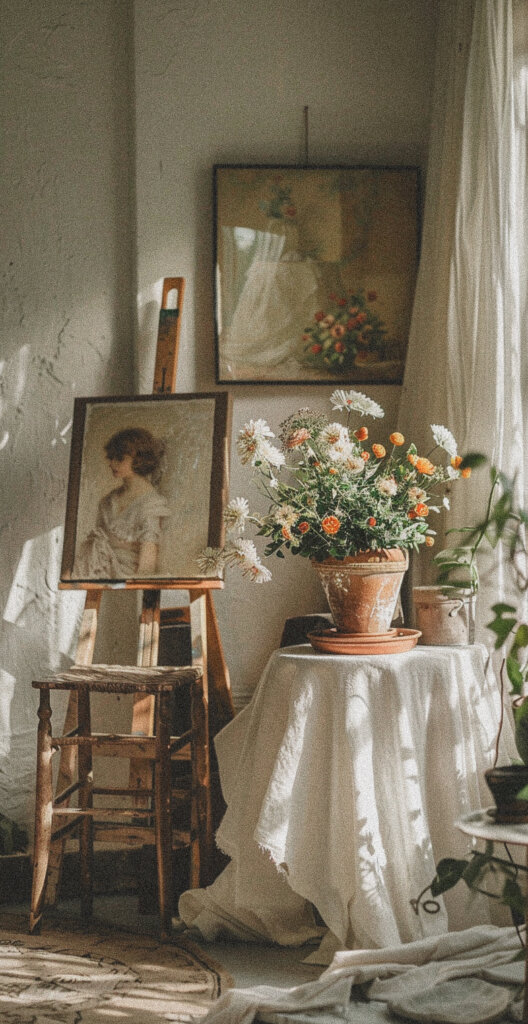
The profound impact of creative expression on mental wellness extends far beyond simple artistic enjoyment. When you engage in creative outlets, you’re activating multiple areas of your brain that promote emotional regulation and problem-solving abilities. Through art-making, you’ll discover a safe space for emotional expression that might be difficult to verbalize otherwise.
Research shows that creative activities provide significant stress relief by lowering cortisol levels and reducing anxiety. As you paint, draw, or sculpt, you’re naturally entering a mindful state that helps quiet racing thoughts and promotes presence in the moment.
The cognitive benefits are equally impressive – you’re strengthening neural pathways, improving memory, and enhancing focus through artistic practice.
Personal reflection through creative expression allows you to explore your inner landscape and process complex emotions. You’ll often find that your artwork reveals insights about yourself that weren’t immediately apparent, serving as a mirror to your subconscious mind.
Whether you’re working with colors, shapes, or textures, you’re building a visual vocabulary that helps you understand and communicate your emotional experiences more effectively.
Science behind therapeutic art practices
Scientific research into art therapy has revealed remarkable neurobiological changes that occur during therapeutic art-making sessions. When you engage in artistic expression, your brain releases neurotransmitters like dopamine and serotonin, promoting emotional release and reducing stress hormones like cortisol.
Through sensory engagement with art materials, you’re activating multiple brain regions simultaneously. Your motor cortex, visual processing centers, and emotional regulation systems work together, creating new neural pathways that support healing and resilience.
Studies show that this integration enhances cognitive benefits, including improved memory, problem-solving abilities, and attention span. The process of personal reflection during art therapy triggers activity in your prefrontal cortex, the area responsible for self-awareness and emotional processing.
You’ll experience decreased activity in your amygdala, the brain’s fear center, as you focus on creating. This scientific phenomenon explains why you feel calmer and more centered after an art therapy session.
Research indicates that regular participation in therapeutic art practices can lead to lasting changes in brain structure, particularly in areas governing emotional regulation and stress response.
Connection between mindfulness and creativity
Through mindful engagement with creative processes, you’ll discover a powerful synergy between present-moment awareness and artistic expression. When you practice mindful creativity, you’re activating neural pathways that enhance both your creative potential and your capacity for sustained attention.
This harmonious relationship between mindfulness and art-making allows you to access deeper levels of self-expression. As you develop artistic mindfulness, you’ll notice how your creative flow becomes more natural and sustained. Each brushstroke, pencil mark, or sculptural gesture becomes an opportunity to practice presence in art, grounding you firmly in the current moment.
Your expressive awareness heightens as you tune into subtle sensations: the texture of materials, the play of colors, and the rhythm of your movements. Research shows that this integration of mindfulness and creativity reduces stress hormones while increasing alpha brain waves associated with relaxation and insight.
When you’re fully present in your artistic practice, you’re not just creating art – you’re cultivating a mindful state that can extend beyond your creative sessions into daily life.
Simple Art Therapy Techniques for Daily Practice
You’ll find that starting an art therapy practice requires only basic supplies like paper, colored pencils, and a quiet space where you can focus on self-expression.
Through simple exercises like mindful doodling, color meditation, or emotion-based sketching, you can begin exploring the therapeutic benefits of creating art in your daily routine.
Getting started with mindful art
Beginning your mindful art journey doesn’t require expensive materials or formal training. All you’ll need is paper, basic drawing tools, and an open mind to explore your creativity.
- Start with mindful doodling, allowing your hand to move freely while focusing on the sensation of marking the page. This simple practice can help quiet your mind and reduce anxiety.
- Creative journaling combines visual elements with self-reflection, letting you process emotions through both words and images.
- Try dedicating 10 minutes each morning to this practice, using color meditation to choose shades that reflect your current mood. As you work, notice how different colors affect your emotional state.
- Engage in sensory exploration by experimenting with various textures and materials. Feel the smoothness of colored pencils, the scratch of charcoal, or the flow of watercolors.
- Practice spontaneous sketching without judgment, focusing solely on the present moment and your immediate observations.
Basic materials and methods
Simple art therapy techniques start with gathering essential materials for your daily practice: a sketchbook or drawing paper, colored pencils, markers, and basic painting supplies like watercolors.
Therapeutic art exercises for beginners
Art therapy exercises offer a gentle entry point for anyone seeking emotional release through creative expression. You’ll find that simple techniques can help you explore emotions and reduce stress through mindful creativity. Consider starting with nature inspiration by collecting leaves and flowers for a mindful collage, or practicing digital creativity using basic drawing apps on your tablet.
| Exercise | Materials | Emotional Focus |
|---|---|---|
| Color Journey | Pastels, paper | Mood exploration |
| Nature Mandala | Found objects | Grounding |
| Digital Doodle | Drawing app | Stress release |
| Collaborative Canvas | Shared supplies | Connection |
When you’re ready to deepen your practice, explore color symbolism by creating an emotion wheel using colors that represent different feelings. You don’t need artistic skill – the focus is on the process rather than the result. Start with just 10-15 minutes daily, allowing your emotional expression to flow naturally through whatever medium feels most comfortable. If you’re working with others, collaborative art projects can help build connections while providing mutual support. Remember to approach each exercise with curiosity rather than judgment, letting your intuitive creativity guide the healing process.
Tips for creating a consistent practice
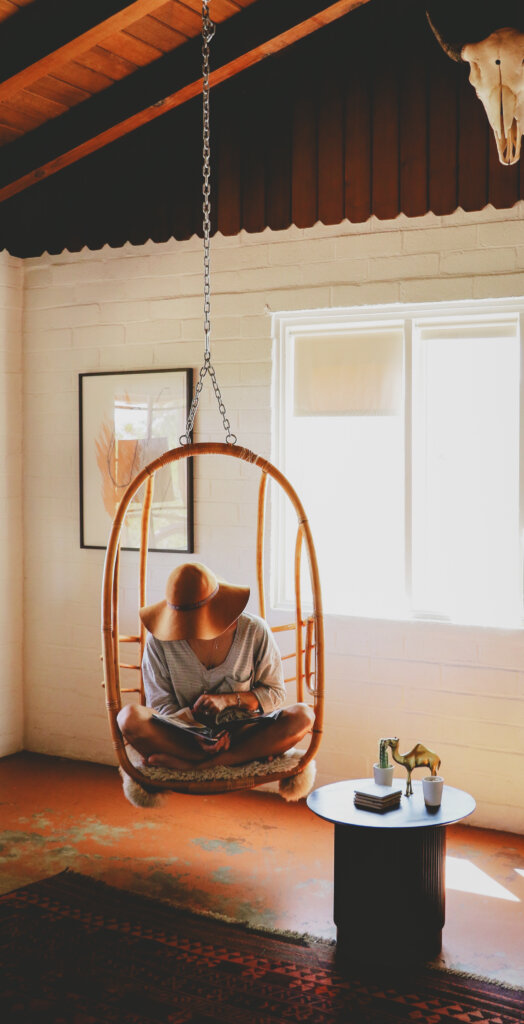
Establishing a daily art therapy routine requires mindful planning and gentle commitment to reap the full emotional benefits.
You’ll find greater success by starting small – even 10-15 minutes of creative practice can yield meaningful results. Setting intentions at the beginning of each week helps overcome consistency challenges and keeps you focused on your therapeutic goals.
Create a dedicated space for your practice, ensuring your art supplies remain easily accessible. Consider keeping a basket of essential materials near your favorite working spot.
To maintain momentum, try linking your art therapy sessions to existing daily rituals, such as morning coffee or evening wind-down time. Use creative prompts when you’re feeling stuck – simple themes like “today’s emotions” or “safe space visualization” can spark inspiration.
Track your progress through a simple journal, noting how you feel before and after each session. This documentation helps you identify patterns and celebrate small victories.
Remember that building consistency isn’t about perfection – it’s about showing up for yourself regularly and adapting your practice to life’s natural rhythms.
Mindfulness techniques to enhance your art therapy
Now that you’ve established your creative routine, mindfulness techniques can profoundly deepen your art therapy experience. By integrating focused awareness with artistic expression, you’ll discover new layers of emotional insight and healing potential.
- Start with mindful doodling, allowing your hand to move freely while maintaining present-moment awareness of each line and curve you create. This simple practice helps quiet racing thoughts and grounds you in the creative process.
- Creative visualization enhances your art therapy by helping you translate mental images into tangible forms – imagine your emotions as colors, shapes, or patterns before putting them on paper.
- Incorporate sensory exploration by mindfully noticing textures, pressures, and movements as you work with different materials. Try spontaneous painting without judgment or planning, letting your intuition guide color choices and brush strokes.
- When you’re ready to go deeper, use guided imagery to explore specific emotions or memories through your artwork. Visualize a safe place or challenging situation, then express it visually while maintaining conscious breathing and body awareness.
These techniques transform your art practice into a powerful tool for emotional processing and self-discovery.
Conclusion
By embracing art therapy and mindfulness together, you’re giving yourself powerful tools for emotional healing and self-discovery. You don’t need artistic talent to benefit from these practices – just an open mind and willingness to explore. Whether you choose mindful doodling, painting, or creative journaling, you’ll find that regular creative expression combined with present-moment awareness can transform your relationship with yourself and enhance your overall well-being.


